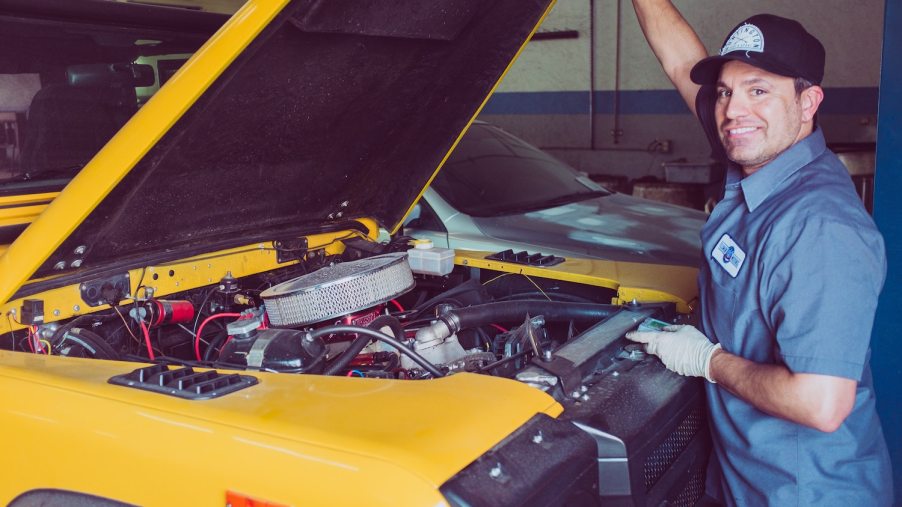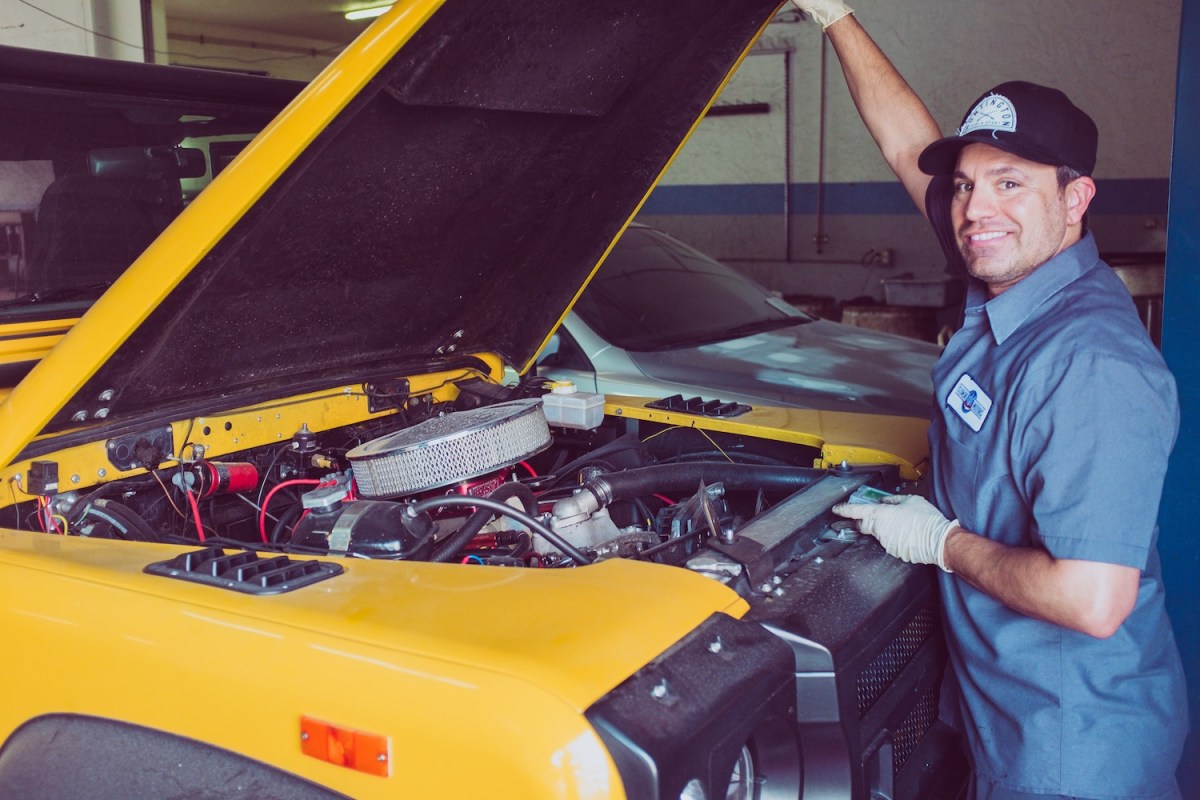
What Is a Multi-Point Car Inspection, and Why Is It Important?
Getting a multi-point car inspection is an important part of owning a vehicle. It’s a way to ensure that your car, truck, or SUV is safe and operating correctly. But what exactly happens during a car inspection? We’ll discuss the different components of a multi-point car inspection, why they are important, and when you should schedule one next.
What do technicians check during these inspections?

According to Eerie Insurance, what’s included in your car’s multi-point inspection may vary depending on where you bring your car for service. However, you can expect many of the following components to be evaluated during the inspection process:
Under the Hood – During a car inspection, technicians will look at all the major components under your vehicle’s hood. This includes checking the engine oil level and quality, inspecting the battery, testing the charging system, and checking the hoses and belts. They will also look at the cooling system to ensure there are no leaks and that the coolant level is where it should be.
Interior and Exterior Damage – During a car inspection, technicians will also look at the interior and exterior of your vehicle for any damage. They will also check the glass on your vehicle for cracks or chips. In addition, they will inspect your floor mats, wipers, lights, air filters, and air conditioning systems.
Drivetrain – According to J.D. Power, “Technicians evaluate the engine’s performance and caliber to check for any code errors. Oil leaks, transmission, transfer speed between the front and the rear axles, CV joints, brake lines, and exhaust and muffler systems of the cars are evaluated.” Most of these issues cause your engine to make unusual noises, making them easy to spot.
Suspension Components – One of the final things that technicians will check during a car inspection is the suspension system. This includes checking shock absorbers and struts for wear and inspecting spring mounts for rust or damage. It also includes ensuring that tie rods and ball joints are tight. They will also test how well your suspension system absorbs bumps by driving over speed bumps or potholes. By doing this, they can identify potential problems with your suspension before they become serious issues.
Your car’s safety equipment will likely be inspected too
As part of the car inspection process, technicians will also check your vehicle’s safety equipment. This includes making sure that your seat belts are in good condition. It also includes testing your car’s brake pads and rotors, and checking your tires for tread wear and proper inflation. They will also check your horn to make sure it is loud enough to be heard by other drivers.
When should I schedule a multi-point inspection?
You should schedule multi-point inspections about every 3,000 miles, but you can also reference your owner’s manual. Regular inspections allow you to catch minor problems before they become big ones.
Final thoughts
If your vehicle is due for an inspection or if it needs to be fixed, take it to a qualified technician as soon as possible. Of course, the safety of you and your loved ones is always a top priority.



